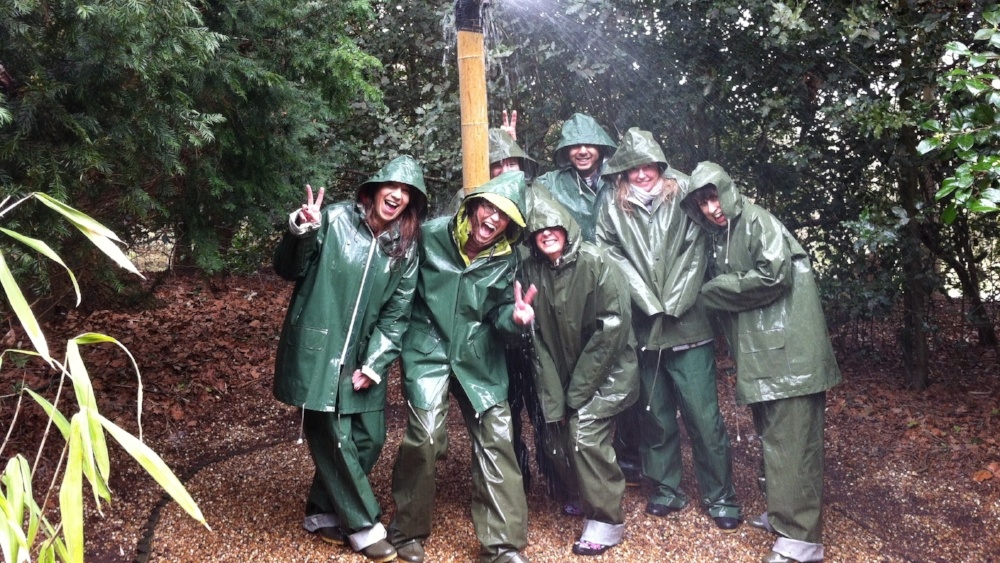Nurturing faster development, new skills that stick and tackling real-life scenarios in a safe environment – experiential learning compliments employee training for so many reasons.
Experiential learning is all around us. You can’t pass a driving test without having several hours of practice on the roads. It’s almost impossible to learn a language without trying to converse with people, and it’s difficult to climb the career ladder without gaining experience, learning from each other and receiving ongoing training.
Put simply, experiential learning is learning by doing. It’s seen as being the most effective way of learning new skills and is based on Kolb's experiential learning cycle, underpinned by four factors. First a person must be actively involved in the learning – not just passively hearing about the topic. They must reflect on the learning experience they’ve participated in, then make observations to learn from the experience. Finally, they must actively experiment with their newly learned skills.
For employees, experiential learning means they can put their newly learned knowledge into practice immediately, rather than waiting to get back into the office. Combining traditional training with experiential learning elements gets better and more tangible results. Through practice, employees can try out real world situations, learn from practical sessions and refine their approach. Experiential learning is particularly beneficial for sales and customer service training, as well as aspects of many other professional skills and disciplines.
Here are 5 reasons why experiential learning is so important when training your people:
A Long-Lasting Impact
Having put newly learned skills into practice during training means employees are much more likely to replicate these skills back in the workplace too. Experiential learning will kick-start new techniques and habits - and solve any questions and uncertainties so employees feel prepared to carry on when they’re back at work.

Faster Development
Relying on theory-only, passive training has a longer development cycle for individuals. Getting immersed into active learning, identifying mistakes and improvements along the way, is a faster way for people to get to grips with new subject matters. When traditional theory and passive learning is peppered with experiential learning, it results in a more all rounded approach.
Team Building

Working together on practical exercises in an experiential learning environment also helps to cement working relationships. Collaborating, sharing ideas and actively learning together creates a feeling of camaraderie and when observing their own performance, your people become more self aware as a result. Employees will return to the workplace with new skills and better relationships due to the shared experience.
Practice Makes Perfect
Learning by doing has clear business benefits, but organisations would prefer their employees not to get this practice in real-world situations. Experiential learning provides a safe learning environment where learners can hone their skills without fear of the business impact of getting it wrong.
Assessment and Evaluation
Businesses are increasingly under pressure to demonstrate the impact of training and development. With theory-only or passive training courses, it can be difficult to assess how effectively participants have learned. With experiential learning, trainers have direct contact with each and every participant and can observe how their skills develop over the duration of the course. It can be effectively measured through a change in attitude of participants as a result of the experience. Incorporating regular assessment, discussions and 360 feedback, experiential learning helps squeeze more value out of a training programme.
Everyone has different learning styles, strengths and weaknesses, but something most people have in common is that learning by doing instils a tangible change in mind-set. A more impactful method of teaching, adding experiential learning to traditional employee training has superior take-away value.



